Electronic packaging is an essential part of designing and developing electronic systems. It refers to the enclosures or frameworks that house and protect sensitive electronic components to ensure optimal performance, safety, and reliability. From consumer devices like smartphones to critical equipment used in industrial settings, electronic packaging plays a vital role in preventing technical failures caused by environmental stresses, mechanical shock, or overheating.
For industries such as marine technology, the "boat electronics package" offers solutions that safeguard systems from water, salt, and vibrations. The design of an "electronics packaging box" is equally crucial in maintaining functionality during transport or deployment. Whether the aim is to protect a device or to enhance its portability, electronic packaging must be tailored to meet specific needs.
This guide dives into the requirements, types, and emerging trends in the field of electronic packaging. By the end, you'll know why "zs zx pack" is a reliable choice for all your needs.
What Are the Requirements for Electronic Packaging?
Creating an effective packaging solution for electronic components requires meeting specific criteria. These requirements ensure the functionality, durability, and safety of the component inside, no matter where or how it is used.
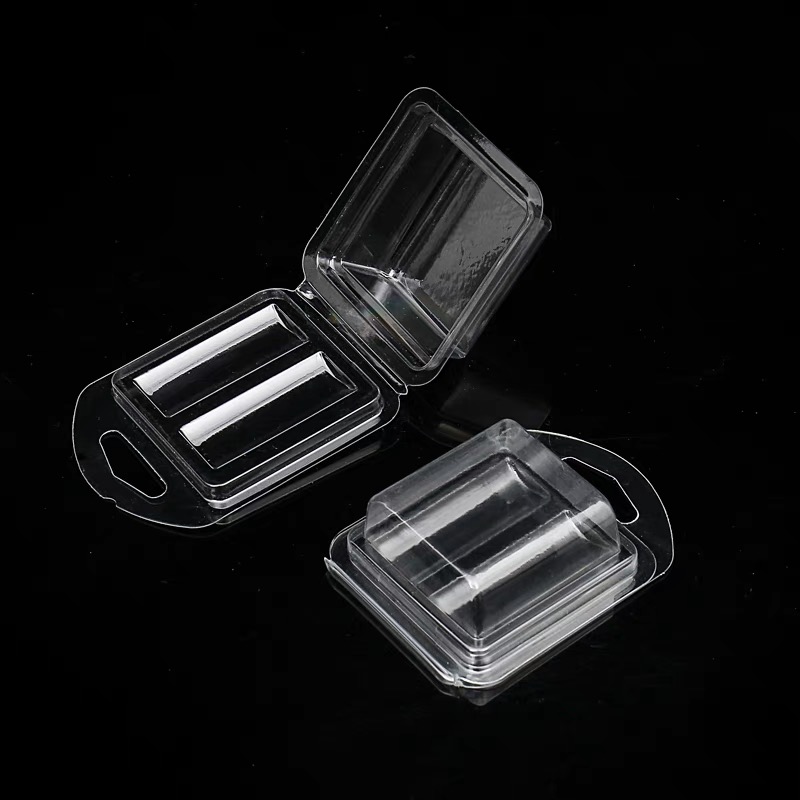
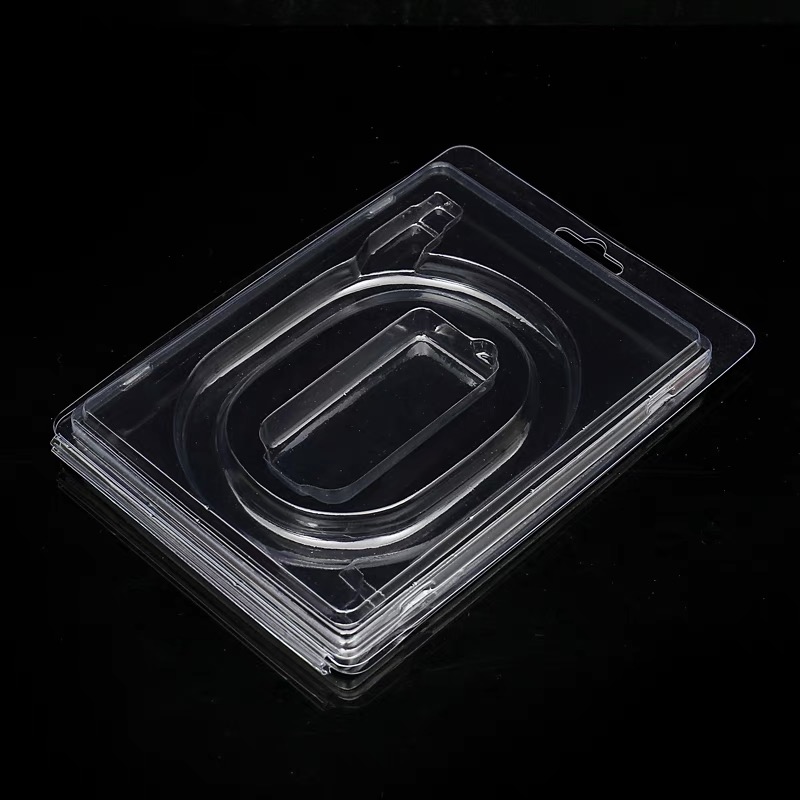
1. Thermal Management
Electronic components generate heat during operation, and managing this heat is crucial. If the packaging cannot dissipate heat effectively, it can lead to system overheating, reducing performance or even causing permanent damage. Materials with high thermal conductivity, such as aluminum, are often used to manage this.
2. Mechanical Protection
The packaging must shield sensitive components from mechanical shock, vibration, or pressure. This is especially critical in rugged applications, like in "boat electronics packages," where the environment includes constant movement and exposure to physical stress.
3. Electrical Insulation
Preventing unintended electrical connections is another key requirement. The packaging must isolate conductive parts while ensuring proper function. For electrical insulation, plastics and ceramics are commonly used.
4. Environmental Resistance
Electronics may be exposed to harsh environments, including moisture, dust, extreme temperatures, and corrosive agents. Packaging solutions like "electronics packaging boxes" should provide adequate sealing and protection to ensure the longevity of the enclosed components.
5. Compatibility with Miniaturization
Today's electronics are shrinking, and packaging must adapt to these smaller dimensions. Compact designs are necessary to maintain the balance of size, weight, and performance without compromising protection.
Types of Electronic Packaging
Electronic packaging comes in various forms to meet diverse needs. Each type has its unique structure, materials, and usage. Below is an overview of common types and their applications.
Table of Electronic Packaging Types
| Type | Description | Applications |
| Boat Electronics Package | Packaging specifically designed for marine environments, offering waterproof and corrosion-resistant protection. | Navigation systems, fish finders, marine radars |
| Electronics Packaging Box | Customizable boxes to transport or store electronics securely while shielding them from external forces. | Consumer electronics, industrial machinery |
| Chip-On-Board (COB) | Compact packaging where the integrated circuit is directly mounted onto a substrate. | Smartphones, microelectronics |
| System-in-Package (SiP) | Combines multiple components like processors, memory chips, and sensors in one compact layout. | IoT devices, wearable electronics |
| Flexible Packaging | Utilizes bendable materials to house electronics in non-rigid forms. | Wearable technology, flexible displays |
Materials Used in Electronic Packaging
The selection of material determines the overall effectiveness of electronic packaging solutions. Some of the most commonly used materials include:
Plastics
Lightweight, cost-effective, and resistant to moisture, plastics like polycarbonate and polypropylene are ideal for basic protective enclosures.
Metals
Materials like aluminum and copper are excellent for thermal conductivity and shielding against electromagnetic interference. These are common in high-performance or heavy-duty devices.
Ceramics
Known for their heat resistance and electrical insulation, ceramics are often used in high-temperature environments.
Composite Materials
These combine the benefits of two or more materials, offering enhanced durability and protection against diverse environmental factors.
The choice of material depends on the nature of the electronic component, its application, and its required level of durability.
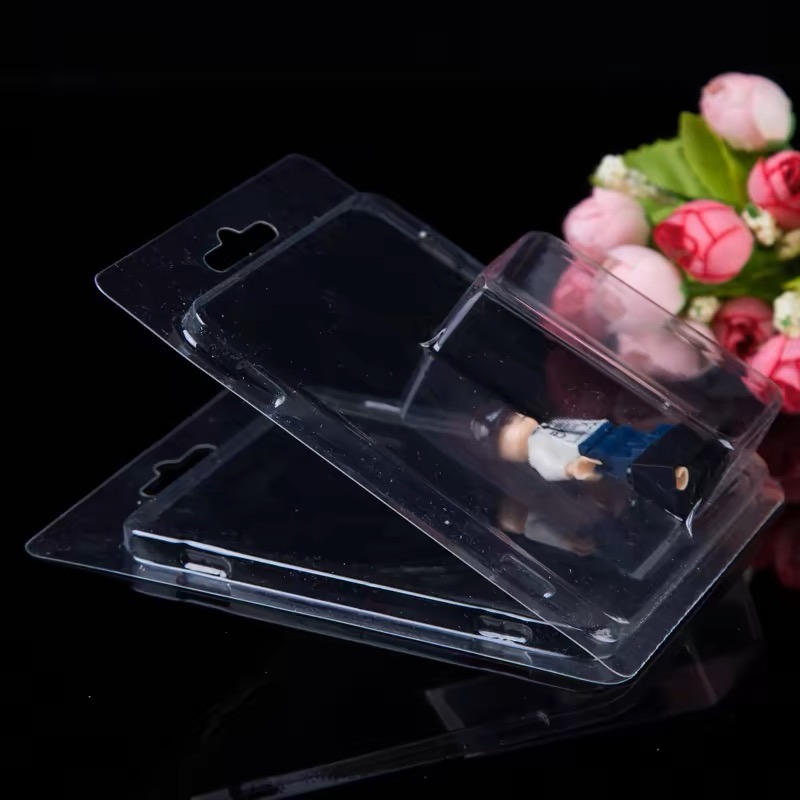

Innovations in Electronic Packaging
The field of electronic packaging continues to evolve, driven by advancements in technology and the growing demand for lightweight, compact, and highly efficient solutions. Here are some of the emerging trends and innovations reshaping the industry.
3D Packaging Technology
By stacking components vertically, 3D packaging optimizes space and functionality while maintaining or improving performance. This is particularly useful for handheld and portable devices.
Nanotechnology
Nanomaterials, such as graphene, are being incorporated into packaging to improve thermal management and reduce size without compromising quality.
Environmentally Friendly Materials
With sustainability becoming a priority, manufacturers are exploring biodegradable and recyclable materials for packaging solutions.
Smart Packaging
Incorporation of sensors to monitor environmental conditions, such as temperature and humidity, allows real-time tracking of the component's health.
High-Reliability Packaging for Space Applications
Space electronics require robust packaging to withstand extreme temperatures, radiation, and vacuum conditions. Innovative solutions, such as hermetic sealing, are being employed to meet these demands.
From wearables to aerospace, advancements in packaging technology directly influence the overall performance and reliability of modern electronics.
FAQs
1. What is electronic packaging and why is it necessary?
Electronic packaging involves enclosing electronic components to protect them from environmental, thermal, mechanical, and electrical challenges. It is vital to ensure device performance, safety, and durability.
2. What are the common materials used in electronic packaging?
Plastics, metals, ceramics, and composite materials are commonly used for electronic packaging due to their durability, heat resistance, and other protective features.
3. What is a boat electronics package?
A boat electronics package is a specialized form of packaging designed to protect marine electronics from water, salt, and vibration. It is commonly used for devices like marine GPS systems.
4.Can electronic packaging be customized?
Yes, packaging, such as "electronics packaging boxes," can often be customized to meet specific requirements in terms of material, size, and design.
5. How does packaging improve the thermal management of electronic devices?
Packaging uses heat-dissipating materials like metals and advanced designs (e.g., heat sinks) to prevent components from overheating.
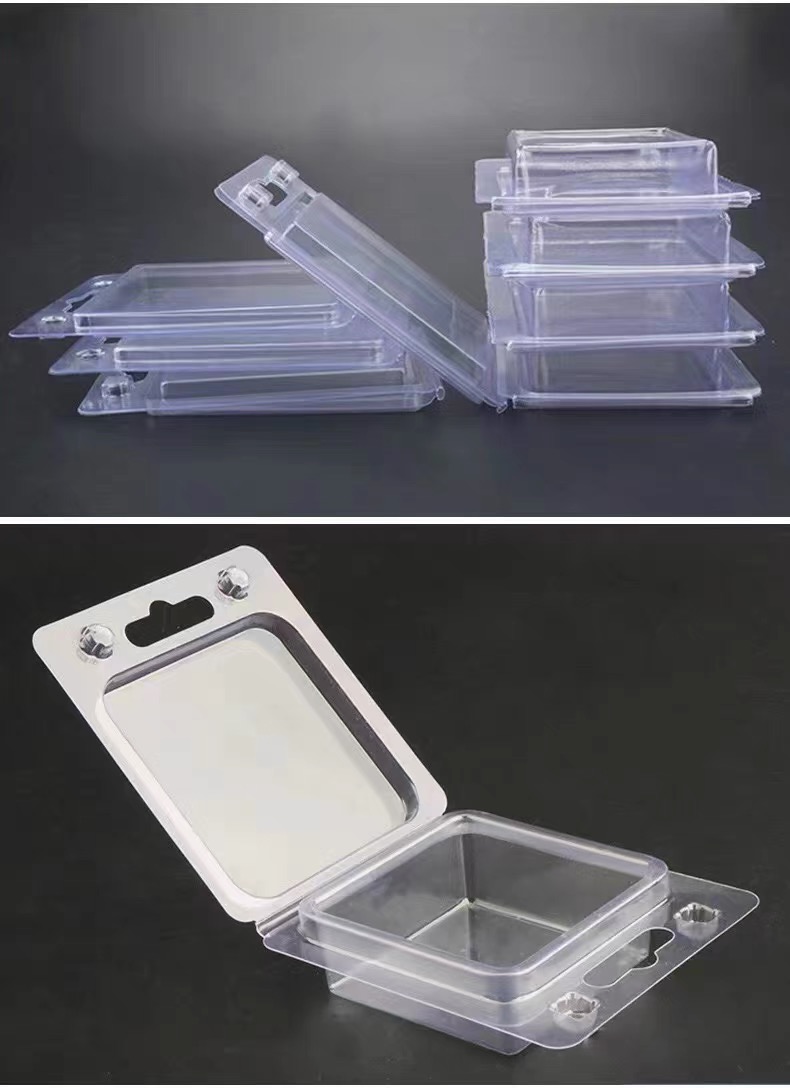
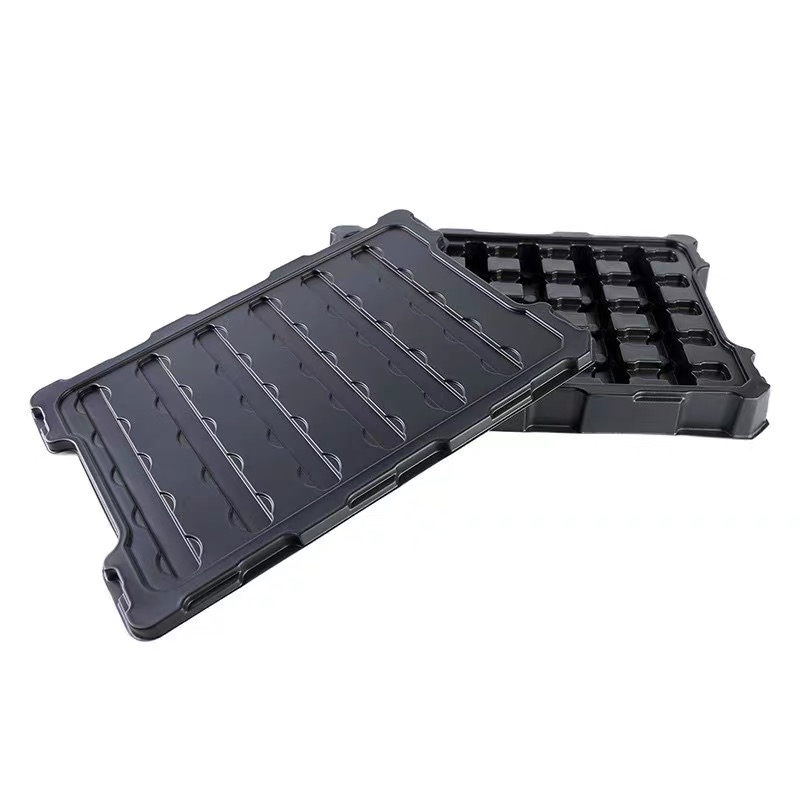
Conclusion and Recommendations
Electronic packaging is a critical aspect of product design, ensuring the protection, performance, and longevity of electronic components. Whether you're looking for solutions for marine devices, consumer electronics, or industrial machines, the right packaging will combine thermal management, mechanical protection, electrical insulation, and environmental resistance.
For reliable, high-quality electronic packaging solutions, we recommend "zs zx pack". Trusted for their innovative designs and durable materials, zs zx pack provides tailored options to meet modern electronics' diverse needs. Whether you're looking for "boat electronics packages" or "electronics packaging boxes," zs zx pack has you covered.
Contact Information:
Email: zszxpack@163.com
Phone: +86-18024217948
Invest in quality electronic packaging today for reliable performance tomorrow!
Electronic Packaging
boat electronics package
electronics packaging box





























